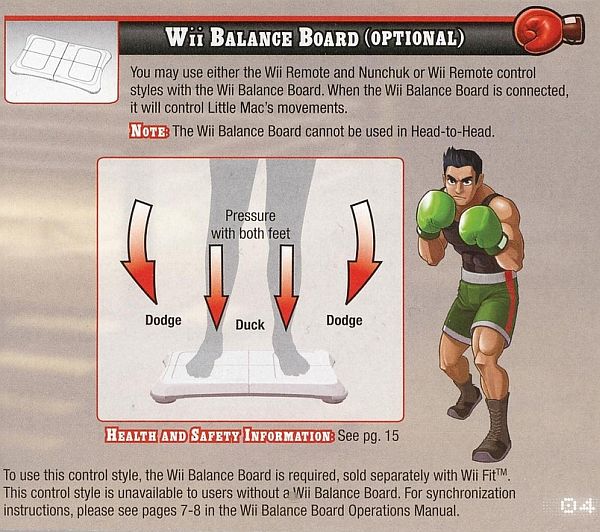With the Wii, having once again established itself as the game company to beat — a position it had relinquished to its competitors, Sony and Microsoft, during the previous console war — Nintendo quickly set its sights on further broadening its outreach to new audiences. Enter the Wii Balance Board. When it was unveiled alongside “Wii Fit,” the first game to take advantage of it, at the Electronic Entertainment Expo (E3) in 2007, it was considered to be an innovative device in some circles and derided in others as a pure gimmick. Getting gamers to flail their arms and hands around was one thing, the skeptics pointed out, but getting them to don workout clothes and sweat along with an in-game avatar — all in the name of fun — was something quite different.
Fortunately for Nintendo, there was a market of gamers who were more than eager to give the thin, white board a shot — and a sizeable one, at that. Since its launch in early 2008, “Wii Fit” has racked up global sales in excess of 22.5 million copies, positioning it as one of the Wii’s bona fide mega-hits right alongside “Wii Sports,” “Wii Play” and “Mario Kart Wii” [source: Nintendo].
At its most basic level, the balance board simply measures your weight and balance with the help of four small sensors located in each corner. The story of how the board came to be is a long, interesting one that predates the development of the Wii game console itself. In the next section, we’ll explore the board’s humble origins and see how it began its life as two bathroom scales glued together.
Wii Balance Board History
It all began in Shigeru Miyamoto’s bathroom. Miyamoto, one of Nintendo’s most prolific game designers, had been weighing himself — a lot. You could even say that it had become something of a hobby. Every day, without fail, he would step onto his bathroom scale and meticulously record his weight and body fat on a graph. Many months (and graphs) later, Miyamoto and his colleagues began working on a new project, named “Health Pack,” that combined his weight-measuring concept with a number of family-friendly activities [source: Iwata: Wii Fit]. This was in 2004. Three years later, when it was announced at E3, it had been renamed “Wii Fit.”
With the idea of a game centered on measuring one’s balance now fleshed out, Miyamoto’s team set out to accomplish the most challenging aspect of the project: designing an intuitive, user-friendly interface. Luckily, the solution already seemed to be staring them in the face. Drawing inspiration from Miyamoto’s bathroom routine, Takao Sawano, the project’s lead designer, began experimenting with two scales, setting them side by side and trying to balance on both evenly [source: Romano]. (The idea to use two scales came to him after watching sumo wrestlers weigh themselves, because they are too heavy to use only one.) Pleased with the initial results, Miyamoto asked him to connect the scales to a computer and display the weight data onscreen — this somewhat crude setup eventually formed the basis for “Wii Fit’s” balance test.
After several rounds of troubleshooting during which they ran through a few different-shaped prototypes, the team finally settled on a rectangular, step aerobics-like design equipped with load sensors to allow for greater accuracy [source: Casamassina]. In the interest of keeping costs down, the design team had originally intended for the board to be connected to the Wii Remote, through which it would wirelessly communicate with the console. Worried that users might accidentally step onto the remote or trip over it, the cord was nixed from the final model [source: Iwata: Board]. And thus the Wii Balance Board was born.
For more Detail: How the Wii Balance Board Works

